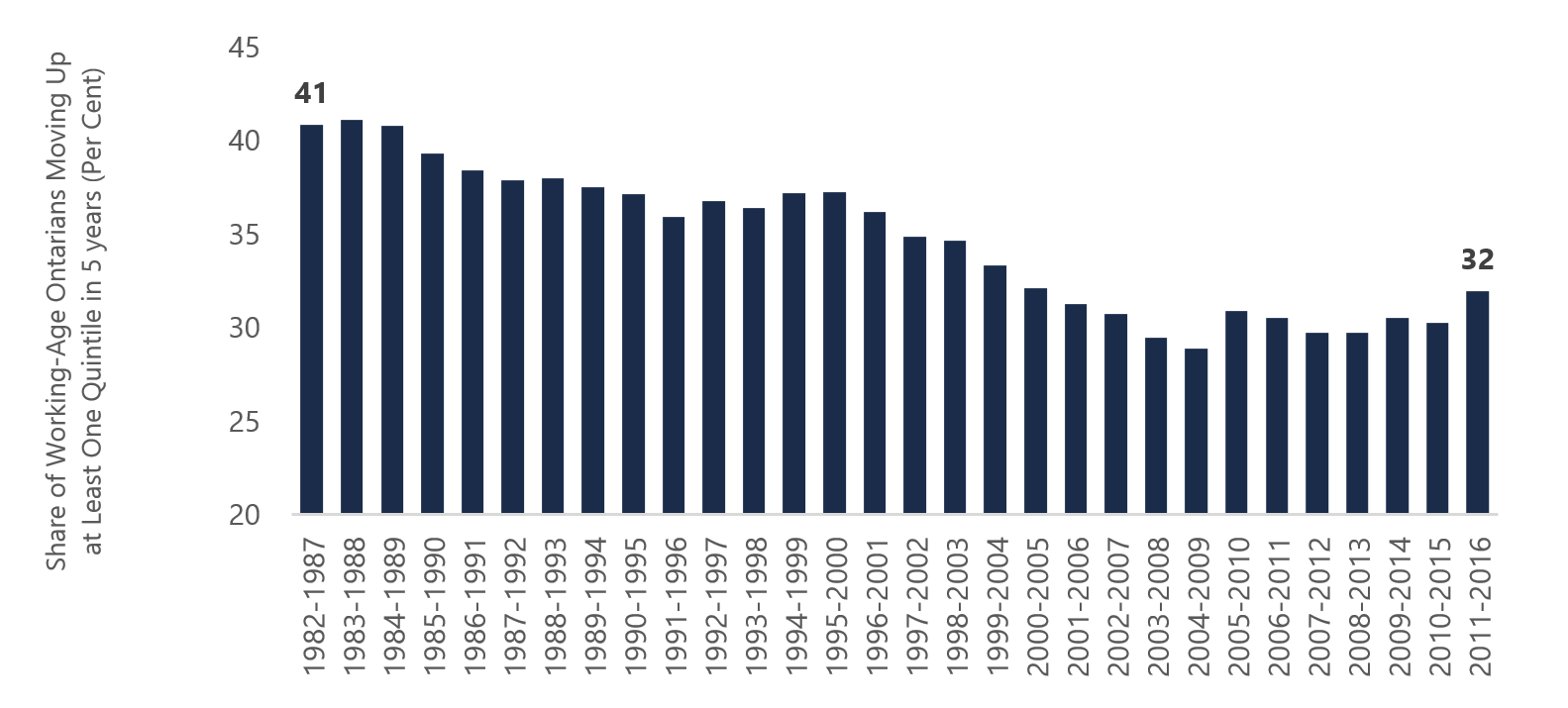I agree, but I don't know how to address societal breakdown in the high crime areas. Whenever there is a shooting the news shows the mother or the group of mothers crying about this or that, but as a dad married to my children's mother I'm shouting at the TV, where's the father, where are the fathers? Poverty, broken homes, etc.... does throwing tax money at basketball courts and community centres fix it? IDK.
No, throwing money at basketball courts etc. does not 'fix it' (meaning poverty, broken homes or crime).
What it does, aside from generally being a good investment in a quality of life in a community is provide young men (and when it comes to crime, that's what were talking about) something constructive to do w/their time, so they are a bit less likely to get into trouble.
Unto itself, its not enough, or anywhere close, but it is something positive.
***
On the subject of 'broken homes'..........while acknowledging the challenges of single parenthood; I would like to say, as someone from a lower-middle income background, whose parents parted ways when I was very young, that I still ended up an Ontario Scholar, went to and graduated a top-tier university and ended up gainfully employed, not in a life of crime.
As such, I think its important not to overblow the notion that single parenthood is a primary cause of criminality.
That said, there is an association between singe-parent households and lesser outcomes. Its really measurable in a couple of clear ways, the first is that as you'd expect a single person of moderate income is more likely to be in or near the poverty line
and that impacts them and their children, the simple absence of someone to split the bills with is a challenge. Its also a supervisory challenge when a parent has to work 40 (or more) hours per week, and there is no other parent keep an eye on the kids.
That said, I don't think the challenge there is one of promoting marriage or the value of 2-parent families. I think its one of offering free contraception to every single woman in this country from the age at which pregnancy is possible, such that teen pregnancy in particular, but unwanted/planned pregnancy at any age becomes far less likely.
That will do more to reduce single-parenthood is a single measure than any other intervention.
The second notion is that no matter what we do as a society, some people will end up in one-parent households.
So how can we support that household better, such that we reduce the disadvantages associated with them?
This is about reducing poverty more than anything else. You want that child not to fall behind at school; summer-enrichment programs are key.
But while we can provide some for free; its simply easier to make sure mom or dad has enough money to choose a camp/program/class for their kid; and in most cases they will do just that.
We address such issues by raising minimum wage; by reducing claw-backs on social assistance, by enhancing child benefits, particularly for those making less than $45,000 per year.
If we do things like that, and build some basketball courts, we can make a large difference.
***
Additionally, we need sound community design. (particularly an issue in large TCHC communities that are isolated from other neighbourhoods and are a pure concentration of poverty.
Regent Park's redevelopment shows the way forward. Integrate social housing w/mixed income rental and ownership; provide greater employment opportunity in the area; provide retail, and animate local main streets;
provide central park spaces that are open to main streets, and serve a range of ages, and uses to keep the place busy in a productive way; and try to bring employment opportunity through the trades, during redevelopment to those
underemployed youth.
The solutions are right in front of us.
None are a panacea, and some will always endup in difficulty or in crime; but we can cut those numbers down with sensible choices.





